Classifying images
Image Modeling with Keras

Ariel Rokem
Senior Data Scientist, University of Washington
Image classification

Image classification: training
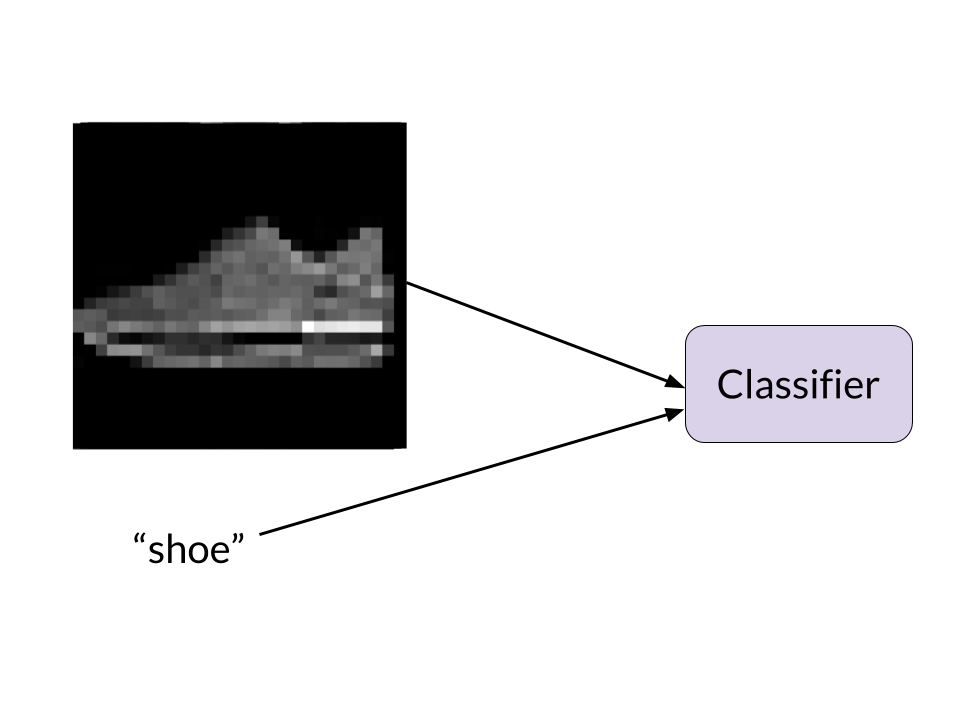
Image classification: training
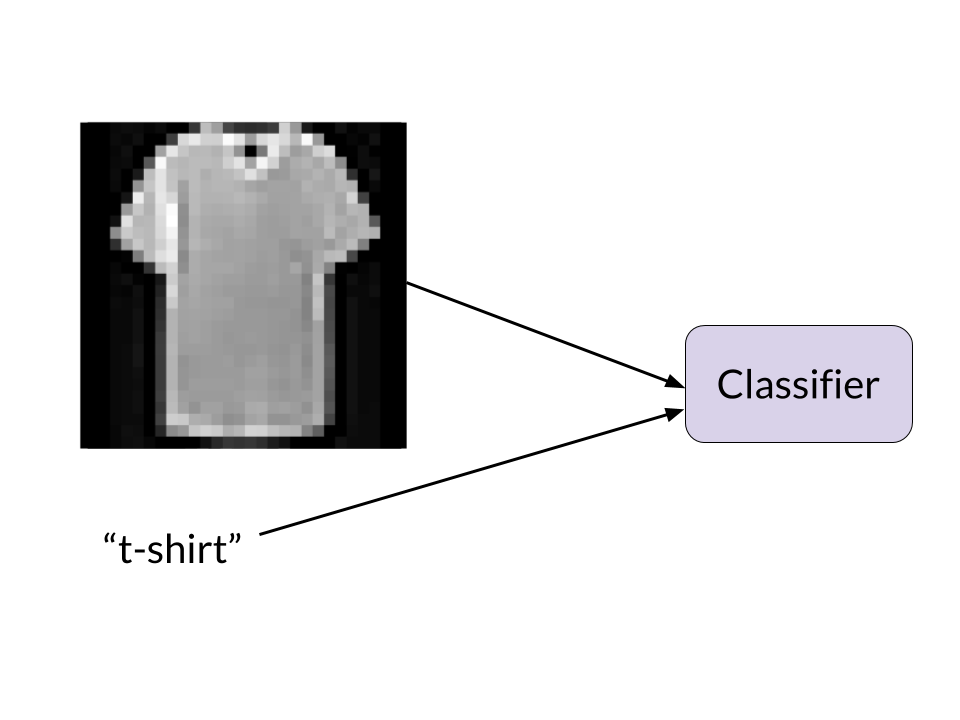
Image classification: training
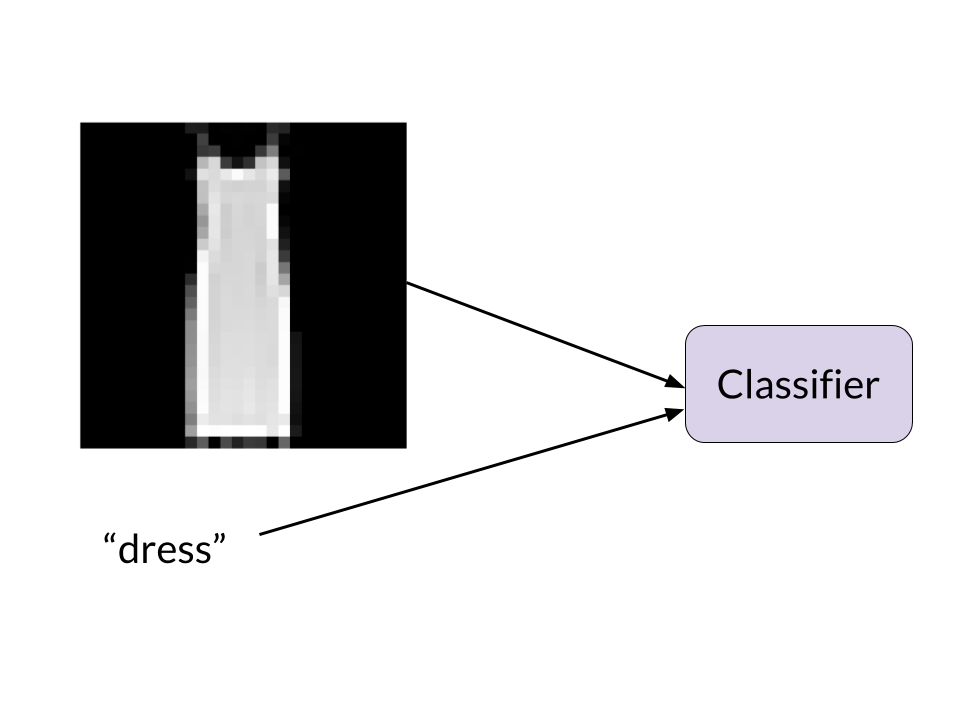
Image classification: evaluation
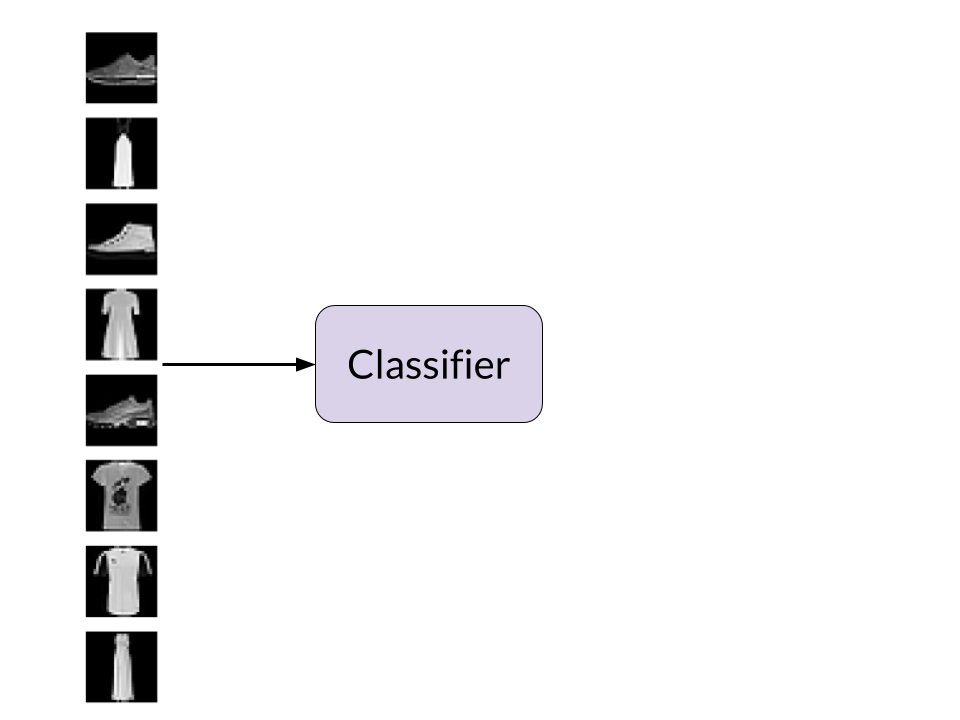
Image classification: evaluation
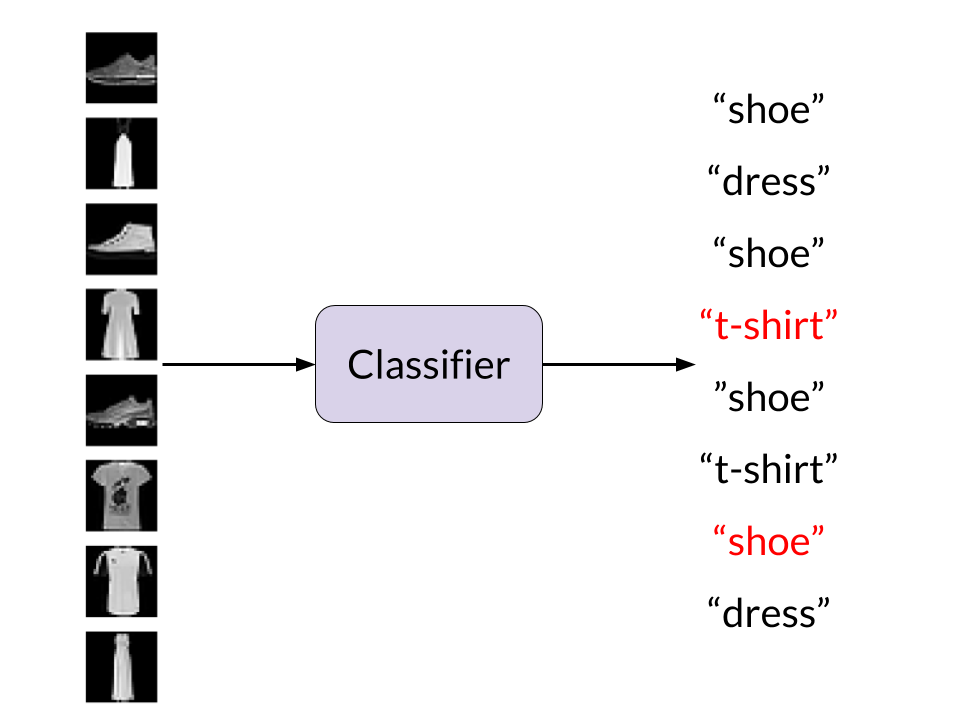
Representing class data: one-hot encoding
labels = ["shoe", "dress", "shoe", "t-shirt",
"shoe", "t-shirt", "shoe", "dress"]
Representing class data: one-hot encoding
array([[0., 0., 1.], <= shoe
[0., 1., 0.], <= dress
[0., 0., 1.], <= shoe
[1., 0., 0.], <= t-shirt
[0., 0., 1.], <= shoe
[1., 0., 0.], <= t-shirt
[0., 0., 1.], <= shoe
[0., 1., 0.]]) <= dress
One-hot encoding
categories = np.array(["t-shirt", "dress", "shoe"])n_categories = 3 ohe_labels = np.zeros((len(labels), n_categories))for ii in range(len(labels)):jj = np.where(categories == labels[ii])ohe_labels[ii, jj] = 1
One-hot encoding: testing predictions
test
array([[0., 0., 1.],
[0., 1., 0.],
[0., 0., 1.],
[0., 1., 0.],
[0., 0., 1.],
[0., 0., 1.],
[0., 0., 1.],
[0., 1., 0.]])
(test * prediction).sum()
6.0
prediction
array([[0., 0., 1.],
[0., 1., 0.],
[0., 0., 1.],
[1., 0., 0.], <= incorrect
[0., 0., 1.],
[1., 0., 0.], <= incorrect
[0., 0., 1.],
[0., 1., 0.]])
Let's practice!
Image Modeling with Keras

